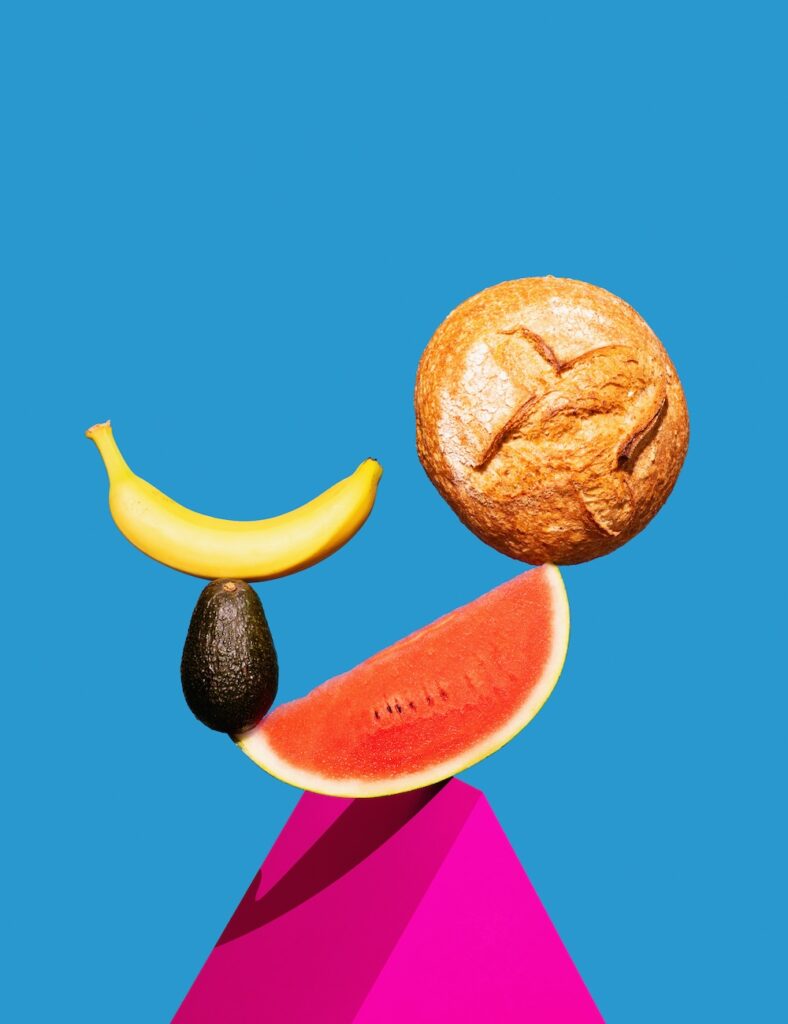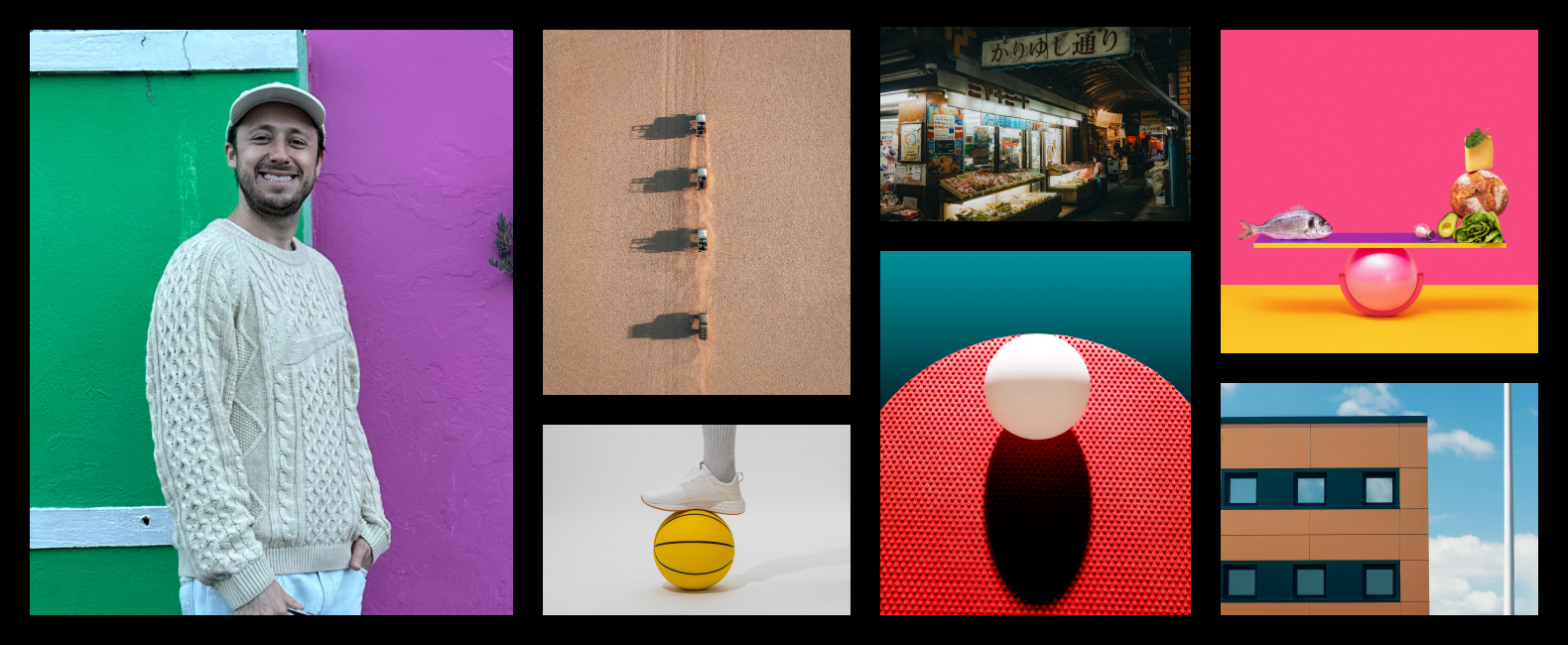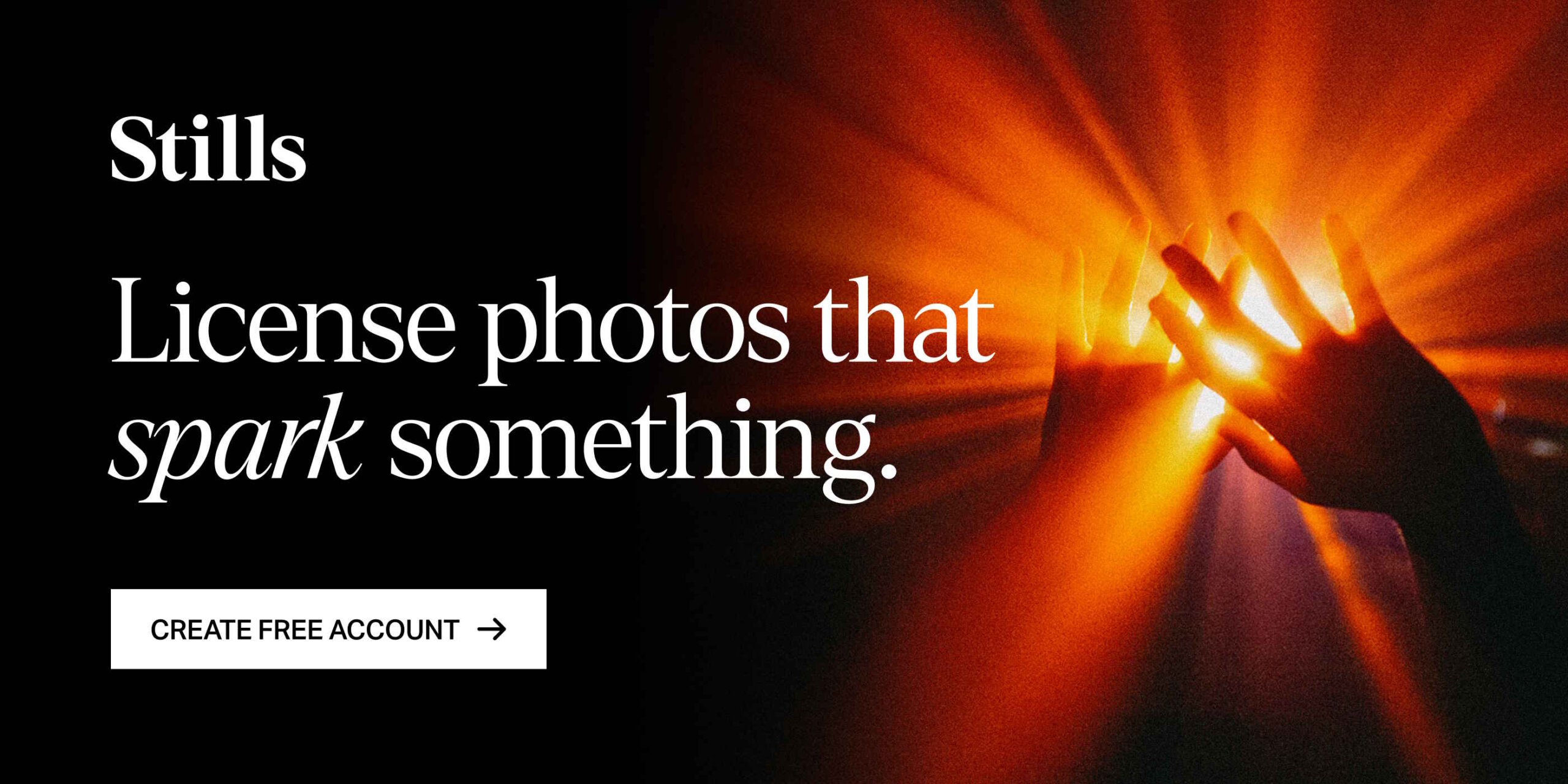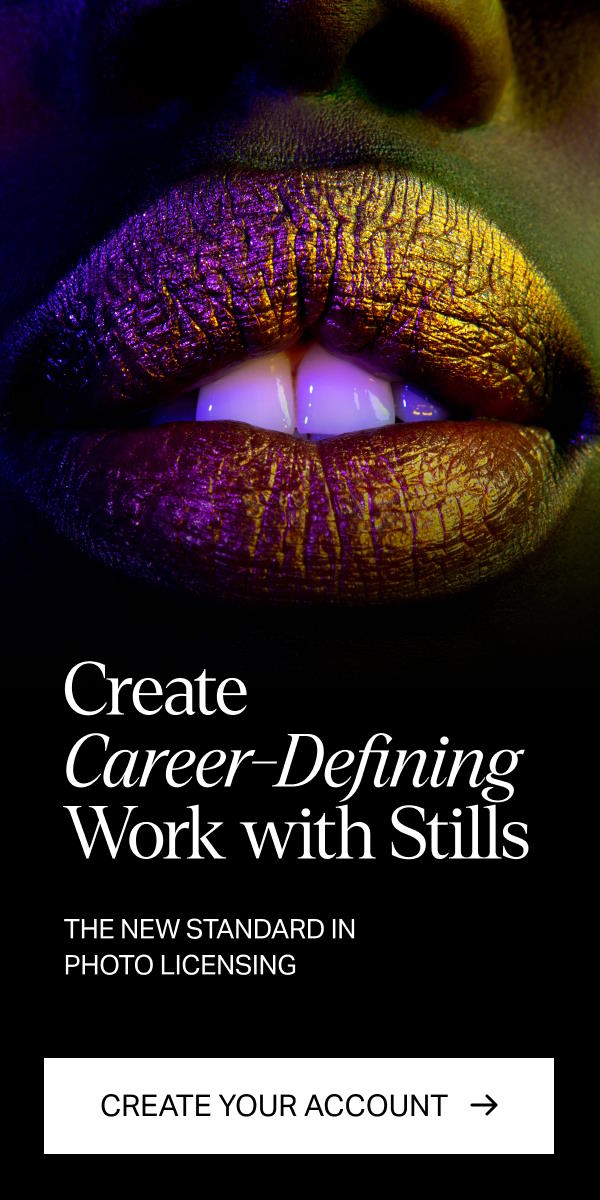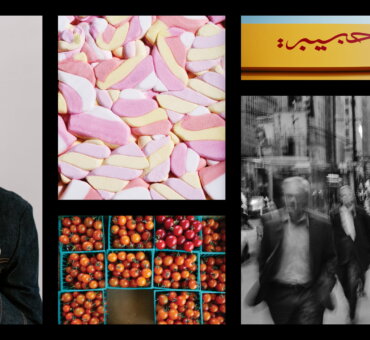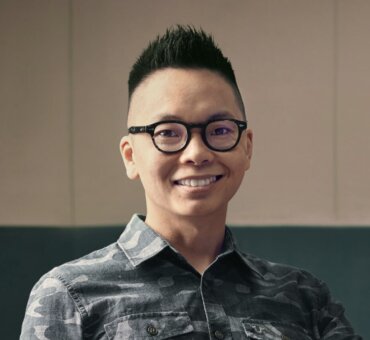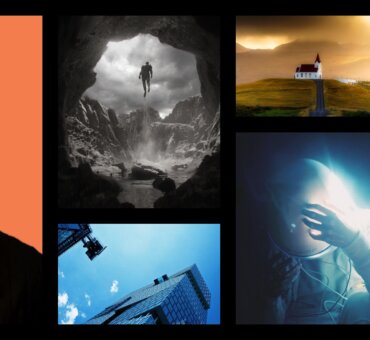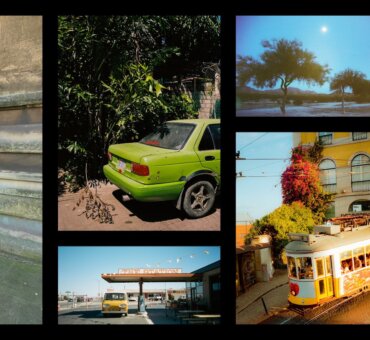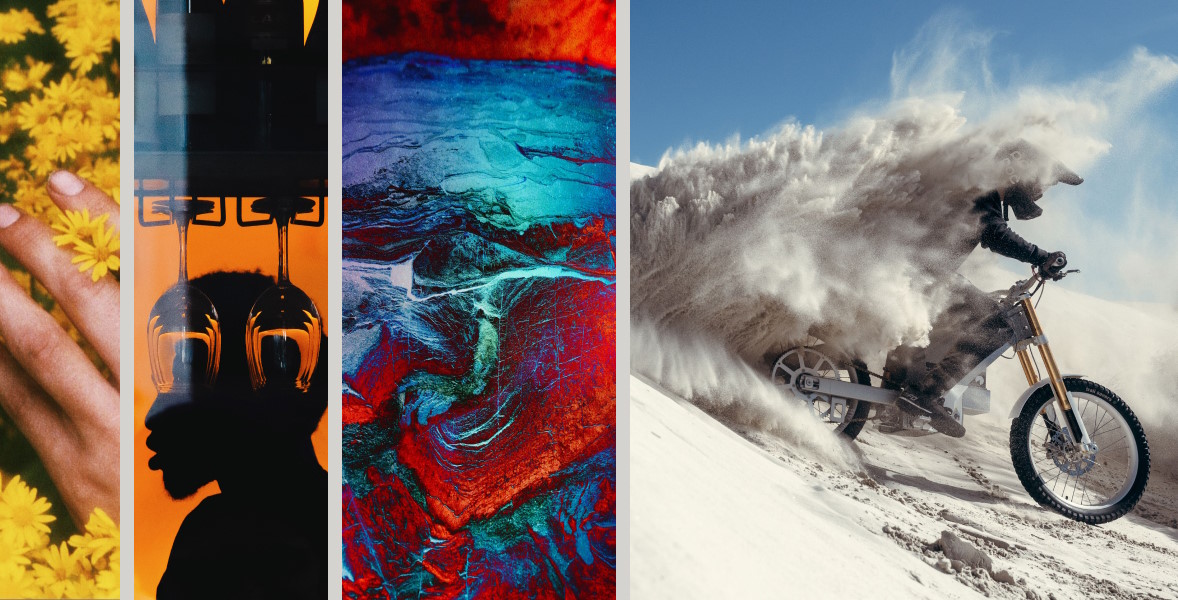Before he was leading creative for some of the world’s biggest brands, Matthew Low was just a kid in a sports store, wondering why one pair of cleats felt cooler than another.
That moment sparked a lifelong obsession with advertising—and a journey that would eventually take him down the halls of BBDO, where he now serves as SVP and creative director.
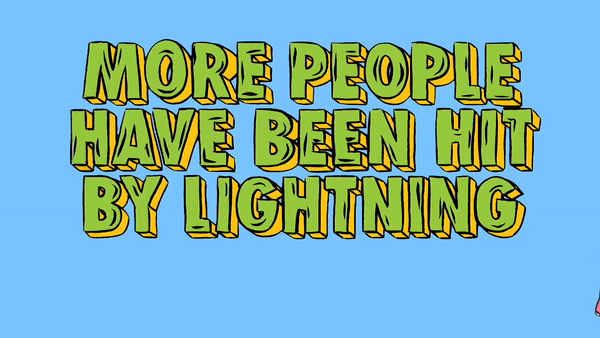
We caught up with Matthew to talk about lessons learned, the power of simplicity, and why creative bravery is still the secret sauce.
STILLS: You started as a copywriter and are now a creative director at a large agency. Walk us through your journey to BBDO.
Matthew Low: I knew I wanted to work in advertising when I was 10.
Before every sports season, I’d head to Sports Authority to pick out new gear—always curious why I was drawn to one pair of cleats over another.
That’s when I first experienced the power of advertising and how words, colors, pictures, and taglines could sway a decision.
RELATED READS: The Power of Images: Behind the Scenes of &Walsh’s Iconic Campaigns
In my senior year of high school, I interned for a contractor in my town, learning how to build homes and problem-solve on the fly. A year later, I enrolled at Syracuse University, majoring in Creative Advertising at Newhouse and minoring in Sports Management.
After graduation, I used my portfolio to land an internship at BBDO. I’ve been here ever since.
What are some of the things you learned as a copywriter that help you in your role as SVP and creative director?
Matthew Low: Ten years in, a few lessons stand out:
- Simplify. If you can’t explain your idea in a tweet, it’s probably too complicated.
- Let go. Great ideas die. Learn to fight for them, but also know when to move on.
- Don’t be a jerk. This job is hard enough; no one wants to work with an asshole.
- Surround yourself with smart people. Advertising is a team sport. If you try doing it alone, you’ll burn out, and the work will suffer.
- Touch grass. Sometimes, the best ideas come when you step away.
- Bad ideas are part of the process. I try hard to judge people by their best ideas, not their worst ones.
- Use culture and trending topics as inspiration: Some of the best ideas are simple responses to what’s happening around us.
Talk to us about your creative process. How do you go from brief to brainstorm and then to the finished deliverable?
Matthew Low: Everyone has their process—it’s what made me fall in love with this industry. There’s no single playbook.
Some creatives think better at a desk.
Some prefer to grab a drink at a bar.
Some people are better in the morning, while others are better at concepting at night.
The secret is finding what works for you.
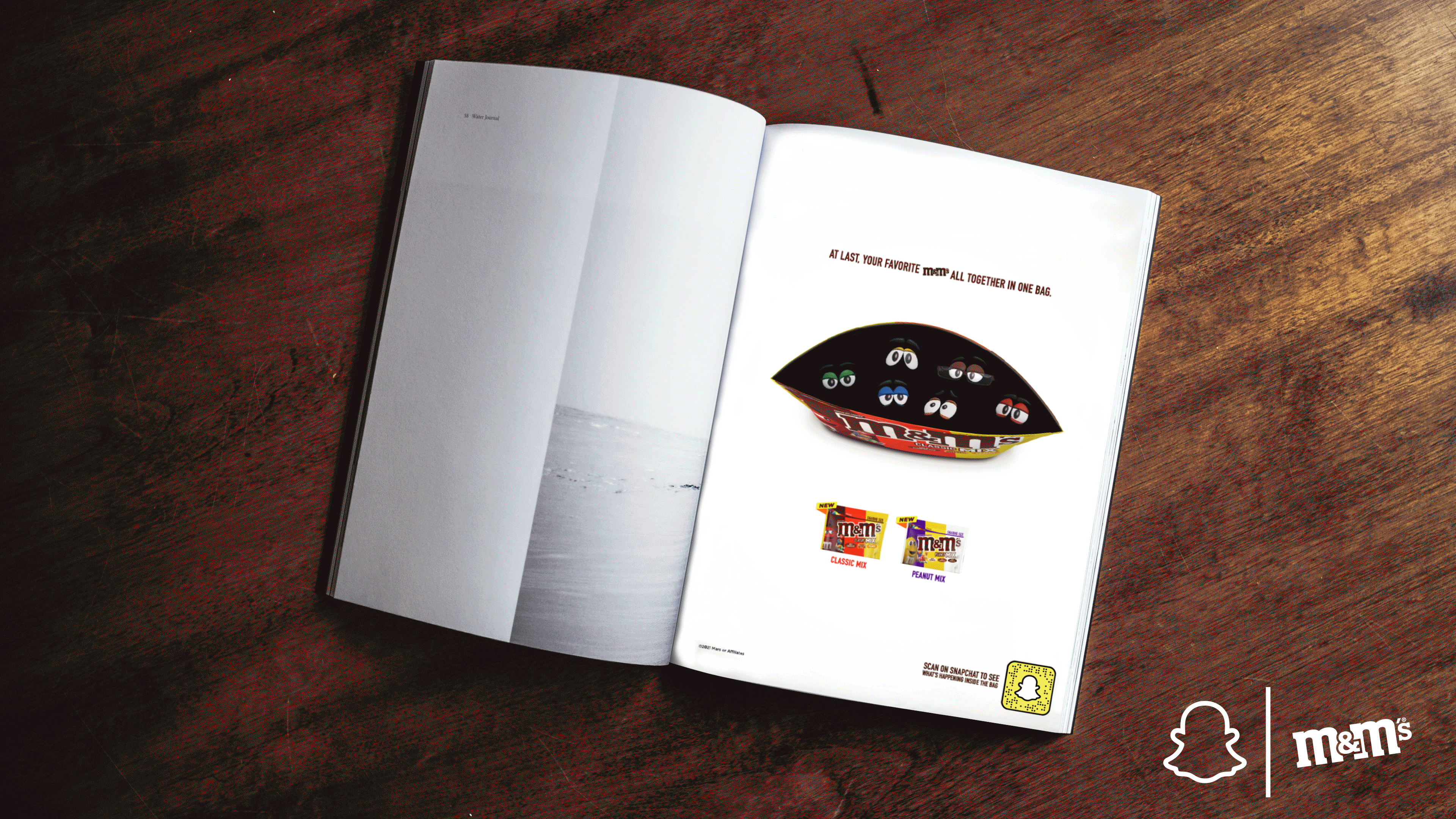
For me, I like to write down my initial thoughts right after the briefing, then step away. I’ll work on another project, go to the gym, maybe watch a movie, or even go for a good dinner. The moment I disconnect is usually when the ideas start flowing, so I’ll use the notes app on my iPhone, which syncs to my laptop.
The next day, I revisit everything with fresh eyes. Some ideas hold up, others don’t. I repeat that a few times, as the best ideas rise to the top.
Once the concepting phase is over, I prefer to bring clients in early. Collaboration is so important to making great work, and I find that ideas get better when a client can help mold them with us.
RELATED READS: Leta Sobierajski on Creative Influence and Collaboration
You’ve worked with iconic brands with storied histories. How do you balance maintaining a brand’s legacy with pushing creative boundaries?
Matthew Low: I recently sat on a panel for the Clios, where I discussed building brands that are timeless and timely.
At BBDO, we work with some of the world’s most iconic brands. The pressure is real, but so is the opportunity to ensure their continued cultural relevance. Our focus is on big ideas. When you unlock a brand’s real human truth, it becomes easy to maintain its iconic legacy while pushing it into new boundaries.
Sure, helping our clients understand the latest tech will continue to be important. But landing a big creative platform gives us permission to work fast, play into relevant trends, and take risks. If anything, the trust we have built with our longstanding clients is what allows us to push boundaries and present ideas that make them a bit uncomfortable.
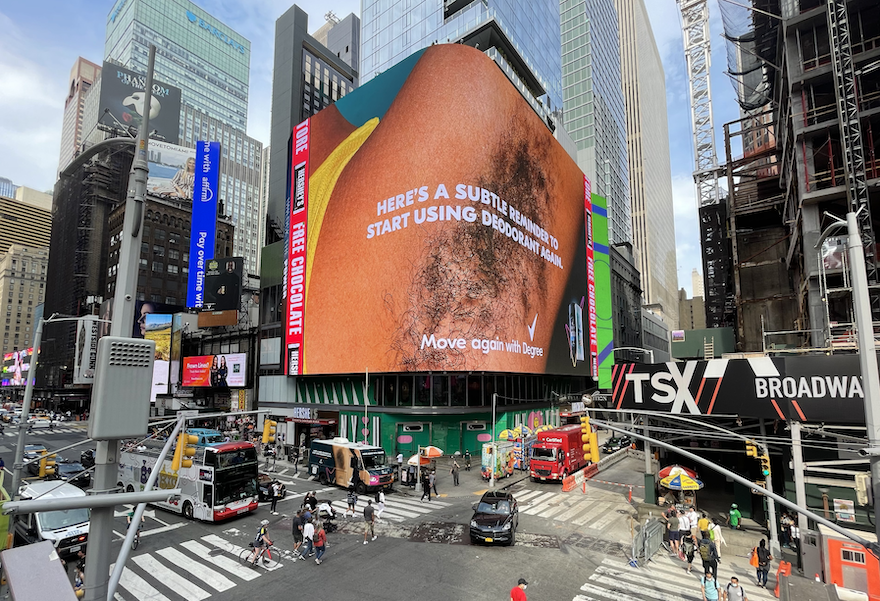
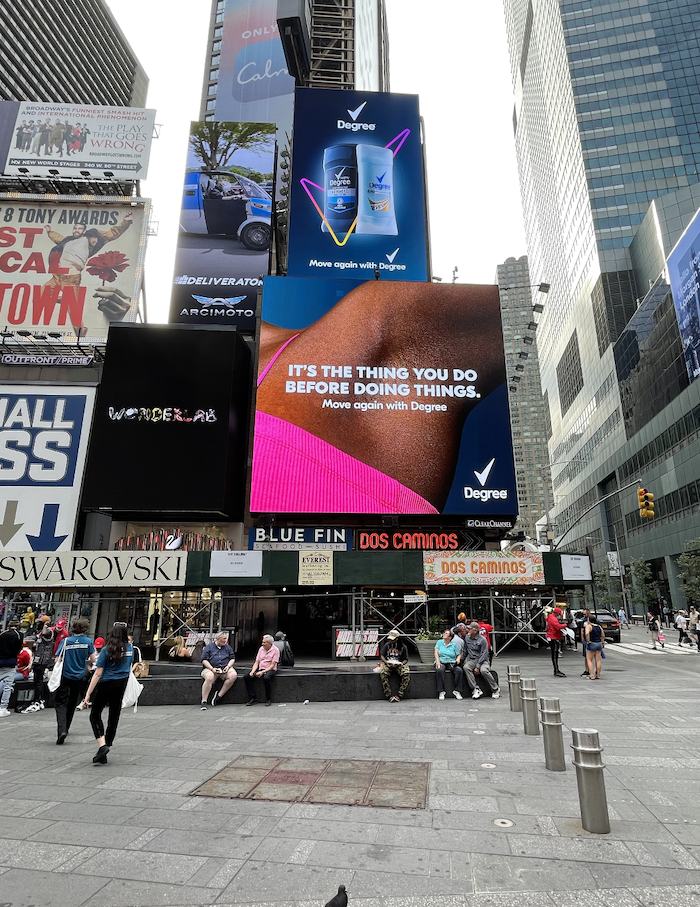
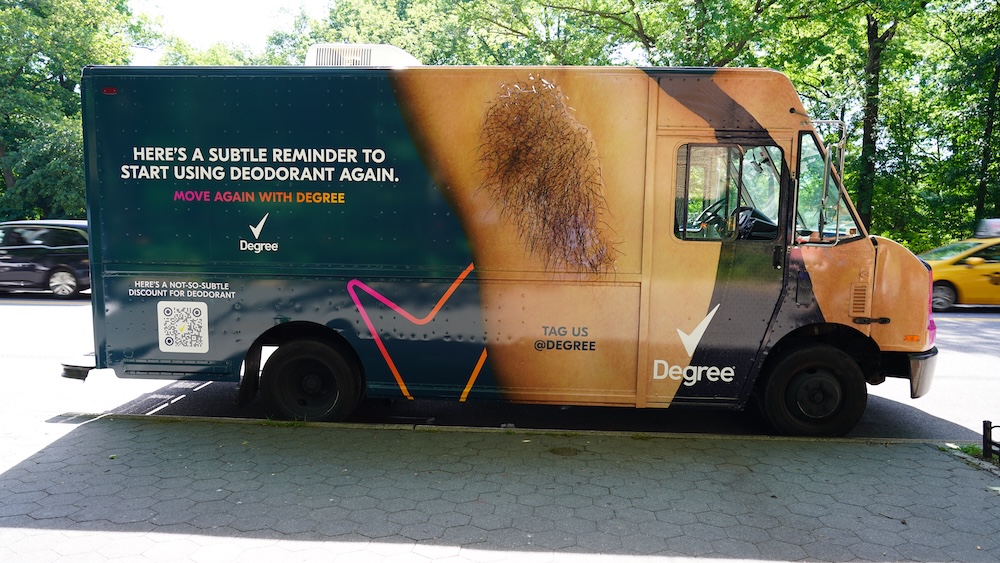
As the great Virgil Abloh once said, “It’s important your brand speaks to the purists—and the tourists.”
Of course, you need to make sure your most loyal fans (purists) continue to love you, but our goal every day is to attract new customers (tourists) by pushing creative boundaries and maintaining relevancy.
RELATED READS: Beyond Aesthetics: How Joe Diver Balances Vision with Brand Legacy
How do you navigate the balance between creative work and business strategy?
Matthew Low: I’m a strong believer that if the creative output doesn’t solve a business problem, it’s not worth pursuing. Creative agencies often get a bad rap because clients feel that we are ultimately selling ideas to win awards. At BBDO, everything starts with a business problem.
I also just completed the CLIMB (credential in leadership, impact, and management in business) program at Harvard Business School, where I learned about business and finance to complement the right side of my brain.
RELATED READS: How Photos Can Communicate Your Message
What I learned has been super helpful in finding a healthy balance between my most creative ideas and the most pressing business issues.
What are the essential elements for creating impactful and memorable campaigns?
Matthew Low: The first is a big idea based on a real human truth or what’s happening in culture. Then, it’s looking in the mirror and being honest with yourself about whether people will actually care about your work.
Will it stop their scroll?
Will it grab their attention?
Will people want to share your idea in a group chat?
The next essential element is knowing who you’re talking to, how you want to reach them, and what you want to say.
Only once you’ve done the above can you begin to think about execution. If you have complicated visuals, make sure what you’re saying is simple. If what you’re saying is complicated, make sure your visuals are simple.
One of my favorite quotes is “the best advertising ideas are simple in concept but extremely difficult in execution.”
RELATED READS: Award-Winning CD David Stevanov on Building Great Campaigns
Are there any industry changes that excite you? Are there any that concern you?
Matthew Low: The ones that excite me are also the ones that scare me. Generative AI is currently the industry’s new baby. Unfortunately, we often get blinded by the shiny new tools in the room instead of sticking to what we do best: conceptualizing big ideas that break through culture.
I’m less interested in our clients being the first to use a new tool (Generative AI, NFTs, Metaverse, etc), and more interested in doing something great and unforgettable—even if that means being 4th or 5th to market.
What recent project are you most proud of? What contributed to its success?
Matthew Low: I recently worked on a Pepsi campaign where we helped people sneak Pepsi into the fast food chains that don’t serve it. Coke has secured big contracts with McDonald’s, Burger King, and Wendy’s, so we hijacked their intellectual property and recreated the logos on their iconic cups to feature Pepsi logos so that we could prove Pepsi makes their burgers taste better.
The majority of the success goes to our brave clients who agreed to take a risk and do something this bold.
How do you see your role evolving in the next few years, and what are your goals moving forward?
Matthew Low: I hope to continue climbing the ranks at BBDO. For 10 years, this place has been my home. I’ve been challenged, given great opportunities, and had big at-bats with some of the most iconic brands in the world.
I hope to continue creating great work, building client relationships, and leading teams to make the best work of their career under my guidance.
What advice would you give aspiring creative directors looking to work at an agency like BBDO?
Matthew Low: Buckle up. Our industry is hard. We work endless hours and have demanding clients. But there is nothing more rewarding than being at a bar with your friends and watching something you poured your blood, sweat, and tears into show up on TV.
What do you like about Stills? Why would you recommend it as a resource for brands and designers?
Matthew Low: Words on a page can only do so much. When presenting, it’s just as important to have visuals that paint a picture for clients. The collection that Stills brings is premium and really nuanced so that you can find almost exactly what you’re looking for.
With the rise of AI and MidJourney, it’s also easier than ever for people to generate images on their own, so having a company like Stills is really important to continue giving real photographers a voice.
RELATED READS: Dani Hunt on Cracking the Code to Commercial Success
Stills Selections from Matthew Low






